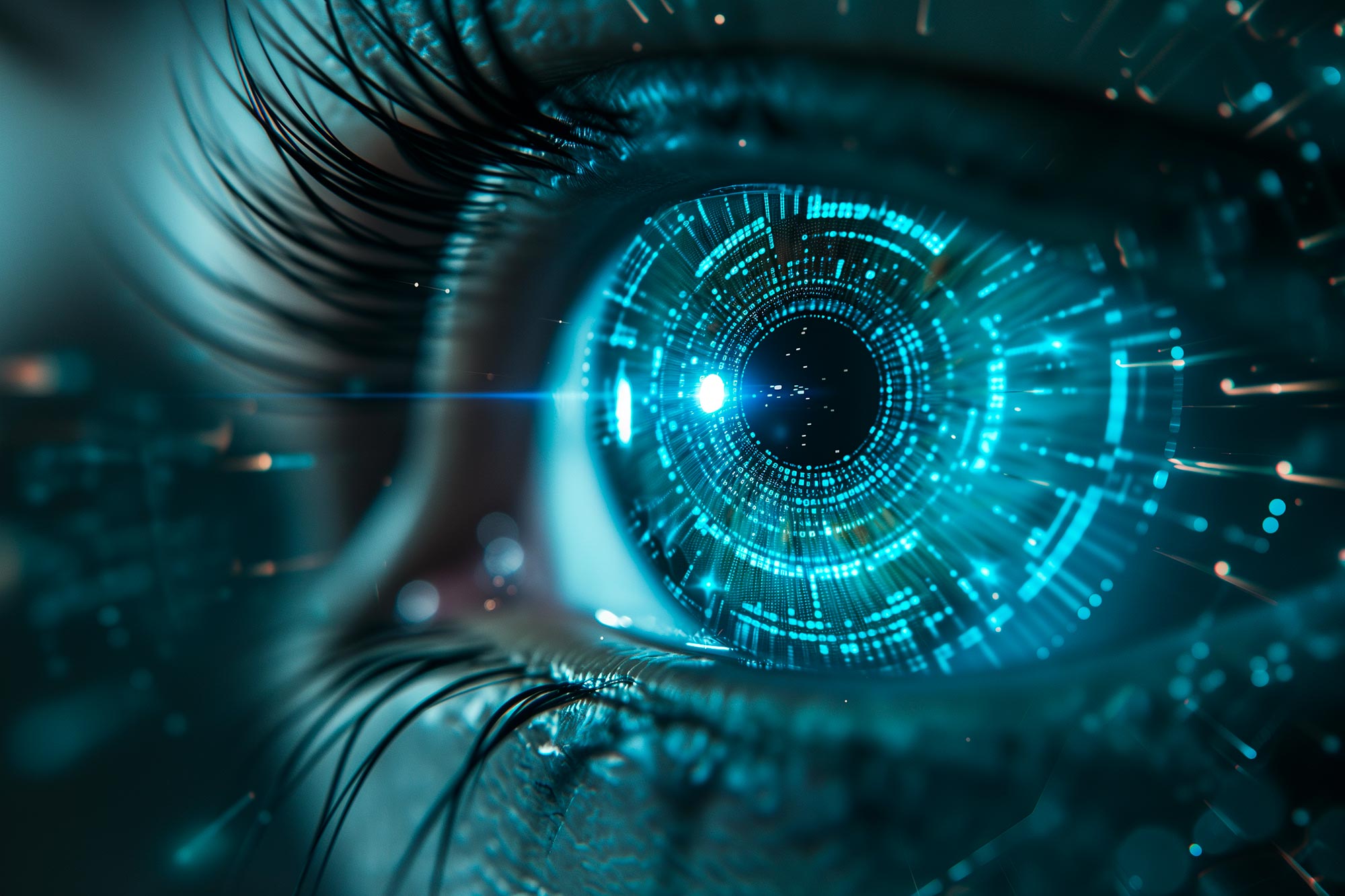
Revolutionizing Eye Health: Unlocking the Power of Machine Learning to Predict Sight Loss
Eyes are our windows to the world, enabling us to experience its beauty in all its colors and forms. However, millions of people worldwide suffer from visual impairments and blindness, affecting their quality of life tremendously. The good news is that with recent advancements in technology, specifically in the realm of machine learning, we can now predict sight loss with unprecedented accuracy and help individuals maintain their precious vision. In this article, we will explore how machine learning is revolutionizing eye health and the incredible potential it holds for the future.
The Power of Machine Learning in Eye Health
Machine learning, a subset of artificial intelligence (AI), is the process of training computers to learn and make predictions based on data patterns. When it comes to eye health, machine learning algorithms have shown great promise in early detection, diagnosis, and longitudinal monitoring of various eye conditions and diseases that can lead to sight loss.
By analyzing large datasets of medical records, images, genetic information, and lifestyle factors, machine learning algorithms can identify patterns that would be impossible for human experts to perceive. These algorithms can then predict the likelihood of an individual developing certain eye conditions, enabling early intervention and personalized treatment plans.
Early Detection and Diagnosis
One of the most significant advantages of machine learning in eye health is the ability to detect and diagnose eye conditions much earlier than traditional methods. By feeding the algorithms with massive amounts of data, including medical images, patient records, and even genetic information, machine learning models can learn to identify subtle signs and patterns associated with different eye conditions.
These models can analyze retinal images, for example, to detect early signs of macular degeneration, diabetic retinopathy, glaucoma, and other progressive conditions. By identifying these conditions at their nascent stages, healthcare professionals can intervene promptly, preventing further vision loss and preserving their patients’ eyesight.
Personalized Treatment Plans
Machine learning algorithms not only aid in the early detection and diagnosis of eye conditions, but they also contribute to the development of personalized treatment plans. Each individual’s susceptibility to eye diseases and response to treatments varies based on factors such as medical history, lifestyle, genetics, and environmental influences.
By analyzing vast amounts of data, machine learning algorithms can formulate treatment plans tailored to an individual’s specific needs. This personalized approach ensures patients receive the most effective interventions, reducing the risk of complications and maximizing treatment outcomes.
The Integration of Wearable Technology
Wearable devices are becoming increasingly prevalent in our daily lives, and their potential in the field of eye health is unmistakable. These devices, equipped with high-resolution cameras, can capture real-time data about individuals’ eye movements, visual perception, and even environmental factors.
Machine learning algorithms can analyze this data to monitor changes in visual function, providing valuable insights into an individual’s eye health status. These insights are particularly helpful for individuals with progressive eye conditions, enabling healthcare professionals to track their disease progression in real-time and adjust treatment plans accordingly.
The Future of Eye Health with Machine Learning
The advancements in machine learning for eye health are just the tip of the iceberg. As technology continues to evolve, we can expect even greater precision, accuracy, and efficiency in predicting and preventing sight loss.
With continued research and innovation, we may soon see machine learning algorithms being integrated into routine health screenings, allowing for earlier and more accurate diagnoses of eye conditions. Moreover, these algorithms can aid in predicting the progression of conditions, facilitating timely treatment adjustments and minimizing vision impairment.
Ultimately, machine learning has the potential to revolutionize eye health by improving the accessibility, affordability, and effectiveness of eye care services. By harnessing the power of this remarkable technology, we can work towards a future where preventable sight loss becomes a thing of the past, ensuring that everyone can continue to see the world with clarity and wonder.
Key Takeaways:
Frequently Asked Questions
Conclusion
Machine learning is fundamentally transforming the field of eye health, empowering healthcare professionals to predict and prevent sight loss. Through early detection, personalized treatment plans, and the integration of wearable technology, we can give individuals the best chance to maintain their vision and preserve their quality of life. The future holds even more exciting possibilities as research and innovation continue to unlock the full potential of machine learning in revolutionizing eye health. Let us work together to make universal access to preventive eye care a reality.
Source: insidertechno.com